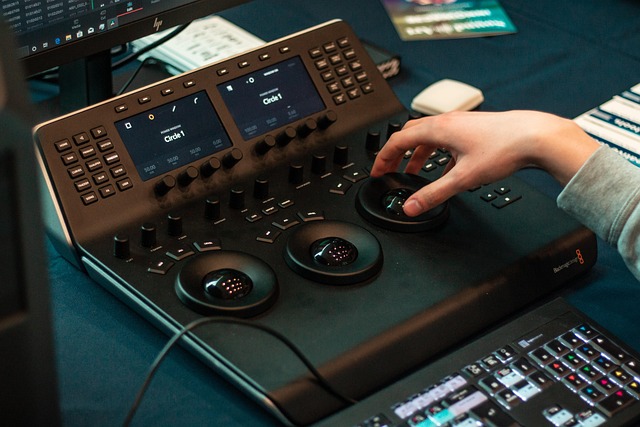The world of imaging technology is constantly evolving, and at the forefront of this wave are innovative techniques that promise to redefine our visual experiences. One of the most exciting developments is generative imaging, which has begun to make significant strides in TV display technology. This revolution is characterized by the creation of images and videos using algorithms, sparking a transformative change in how we engage with visual content.
Imagine sitting down to watch your favorite show, only to be greeted by a display that doesn’t simply replay pre-recorded images but instead generates stunning visuals on-the-fly, tailoring them to suit your preferences. This is the essence of what generative imaging offers. It can enhance detail dynamically, adjusting colors and textures in real-time, and creating an immersive experience that feels almost intuitive. With generative techniques, monitors can adapt their output based on environmental cues, user interactivity, and the specific material being displayed.
As we delve into the mechanics, it’s essential to understand that generative imaging is not merely about better resolution or color accuracy; it’s about crafting experiences that resonate personally with viewers. For instance, display technology could learn your preferences over time—what type of textures, shades, or even genres of content engage you the most. This shift from passive observation to interactive participation opens a new dimension in how we visualize and enjoy content on our TVs.
From gaming to cinematic experiences, the potential of generative imaging extends far beyond traditional applications. Picture a gaming monitor that seamlessly generates landscapes that evolve based on your gameplay, creating a unique world that lives and breathes according to your choices. In the realm of art and design, artists can leverage these technologies to explore infinite variations of their work, inviting audiences to interact with their art in endlessly new ways.
The development of advanced AI algorithms is crucial in this landscape. These algorithms enable displays to analyze vast amounts of data, predicting what will keep audiences engaged and excited. As these systems become more refined, we are likely to see a future of TV and monitors where visuals are not just static images, but rather dynamic canvases that evolve and adapt instantly to our desires.
This transformation also has profound implications for content creators and producers. Imagine the possibilities for storytelling when every visual segment can be tweaked and tailored to enhance thematic elements or elicit specific emotional responses. Generative imaging stand poised to blur the lines between audience and creator, fostering a collaborative environment where input shapes the outcome.
Of course, such advancements bring challenges and considerations. Ethical implications regarding AI-generated content, the potential for misuse, and the balance between creativity and algorithm-driven suggestions must be navigated carefully. Nonetheless, the journey of generative imaging within TV display technology is an exciting frontier, offering unprecedented opportunities to redefine our visual experiences.
As we continue to explore the realms of visualization, the possibilities with generative imaging are truly limitless. This innovative approach to display technology invites us to imagine a future where what we see is as fluid and dynamic as our own artistic visions—merging the realms of technology and creativity more than ever before.



